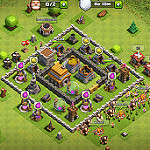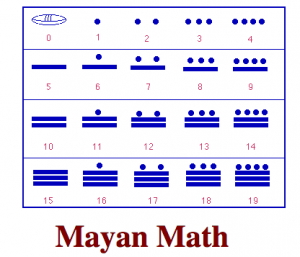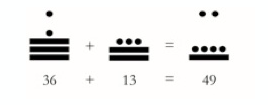10 squared = 100
The number of centimeters in a meter = 100
The number of sides on a square multiplied by the quantity of the number of letters in the alphabet take away one = 100
55+45 = 100
The base 10 equivalent of this binary number: 1100100 = 100
Spark your math thinking!
1. Set up your math mini spark recording page: #14: 100
2. Choose one of these projects to earn this mini spark.
- Come up with 100 facts about the number 100. You can include math problems (like the ones listed above)
- Facts that include the number 100
- How to say 100 in different languages
- Learn the scientific names of 100 animals. Use this site (or another research tool) and present your learning using a tool of your choice (a list on paper, a Keynote, Pic Collage, etc.). Flip a coin 100 times and record the number of heads and tails. Summarize your results.
- Write a 100 word story about what you think life will be like 100 years from now.
- Research information about life 100 years ago. This article has some information about how things have changed. You may need to do other research Make a NOW VS THEN chart on your recording page. Compare/Contrast this year to what it was like 100 years ago. Include at least 10 items in your chart.
3. Share your math mini spark recording page with your teacher/EY coordinator.

 One of my favorite pictures books is
One of my favorite pictures books is 
 I have 120 minions (btw…minions can fly). Each minion has 50 health. The archer tower does a big damage on the minion. The minion loses 38 health. How much health does the minion have left?
I have 120 minions (btw…minions can fly). Each minion has 50 health. The archer tower does a big damage on the minion. The minion loses 38 health. How much health does the minion have left?
 Did you know various math topics have special days solely dedicated to it? Learn about some of these holidays in this math mini spark.
Did you know various math topics have special days solely dedicated to it? Learn about some of these holidays in this math mini spark.











